At the workshop “Removing non-tariff barriers for ASEAN common prosperity” organized by the Finance - Investment Newspaper in collaboration with the New Zealand Embassy this morning (June 27), a representative of Fonterra from New Zealand shared about non-tariff factors affecting business operations.
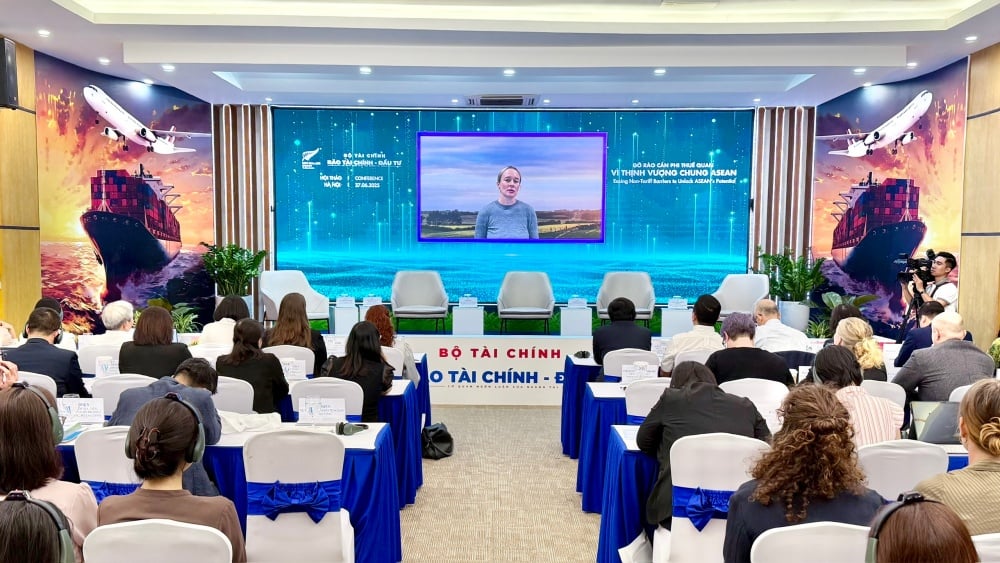 |
| Fonterra leaders share at the workshop “Removing non-tariff barriers for ASEAN common prosperity”. Photo: Chi Cuong. |
As a dairy cooperative that supplies a wide range of dairy products including Anmum, Anlene, Anchor, etc., Fonterra has been present in Southeast Asia for over 50 years, operating in 8 countries with over 1,000 employees. Fonterra operates 3 manufacturing plants in the region and supplies around 450 products under 8 consumer and food service brands.
During Fonterra's more than 50 years of presence in the region, Ms. Justine Aroll, Executive Director of Commercial Strategy - Fonterra, assessed that this market has become a great driving force for the business in recent times.
Ms. Justine Aroll highly appreciated high-quality free trade agreements such as ANZFTA, RCEP and CPTPP as they not only help reduce tariffs and non-tariff barriers, simplify customs procedures but also establish a mechanism for resolving trade disputes, bringing stability and trust in the context of an increasingly volatile global environment, thereby supporting businesses in promoting growth.
And now, in the face of global trade uncertainty and geopolitical conflict, agreements that ensure trade stability between the two sides are more important than ever.
By 2024, New Zealand exports to ASEAN are expected to reach around $2.8 billion, underscoring the region’s growing economic importance. For Fonterra, seven of its 15 key global markets are in ASEAN, including Vietnam, Indonesia, Malaysia, Thailand, the Philippines, Singapore and Australia (under the ANZFTA framework).
Among these, Vietnam stands out as a priority market, not only because of the increasing demand for high-quality dairy products, but also because of its increasingly prominent role in the regional supply chain, both as a potential consumption point and as a potential secondary production hub for Fonterra in the future.
Some New Zealand studies have found that the impact of non-tariff barriers on New Zealand dairy exports globally is as high as $7.8 billion a year. Of course, not all non-tariff measures are barriers, but they do show the costs involved. Therefore, removing non-tariff barriers in the Southeast Asia region is one of Fonterra 's priorities, such as price controls, unclear regulations leading to misinterpretation, unreasonable testing requirements, etc.
Fonterra's Executive Director of Trade Strategy sees three groups of non-tariff measures as common barriers in ASEAN.
The first is complex or overlapping administrative procedures, spanning from customs clearance, product and factory registration, pre-export inspection to domestic inspection. When multiple agencies are involved, this can easily lead to duplication and confusion for exporting businesses. In addition, businesses also encounter a lack of transparency in the import licensing process, for example, unclear requirements or binding licenses with additional conditions, such as the obligation to support the domestic dairy industry. "However, it should be emphasized that this is not a problem we encounter in Vietnam, where procedures are relatively transparent and efficient," said Ms. Justine Aroll .
Second is the lack of consistency in the way regulations are implemented by the authorities. In some cases, central decisions are not applied uniformly at border gates, leading to the same shipment being interpreted and handled differently, increasing costs and complexity for businesses.
Third, some legal regulations are unclear or too broad in scope – especially when it comes to labelling requirements – which also creates difficulties. In some countries, regulations for consumer goods are also applied to raw materials or products used in the food service industry, making it difficult for businesses to determine the applicable standards at the border.
However, Fonterra leaders said that although non-tariff barriers exist in all markets, including New Zealand, Fonterra 's experience in Vietnam has been very positive. The authorities in Vietnam are transparent, open and willing to dialogue, creating a favorable environment for exporters.
"Looking forward, there are many opportunities for Vietnam - New Zealand and ASEAN work together. We have seen very few non-tariff measures impacting the Vietnamese market. We see Vietnam as a leader and role model in addressing non-tariff barriers in ASEAN, providing stability, certainty and consistency, which are important for business and trade,” Ms. Justine Aroll emphasized.
Source: https://baodautu.vn/viet-nam-la-hinh-mau-trong-khu-vuc-asean-ve-cai-cach-phi-thue-quan-d315099.html





![[Photo] Prime Minister Pham Minh Chinh receives President of Cuba's Latin American News Agency](/_next/image?url=https%3A%2F%2Fvphoto.vietnam.vn%2Fthumb%2F1200x675%2Fvietnam%2Fresource%2FIMAGE%2F2025%2F12%2F01%2F1764569497815_dsc-2890-jpg.webp&w=3840&q=75)







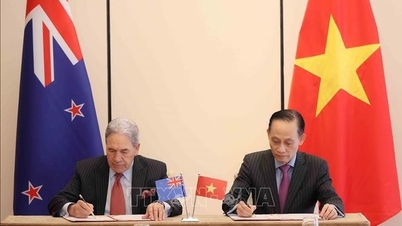

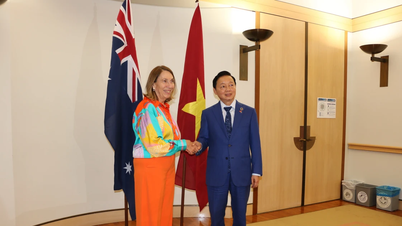

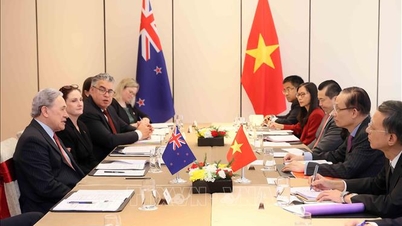

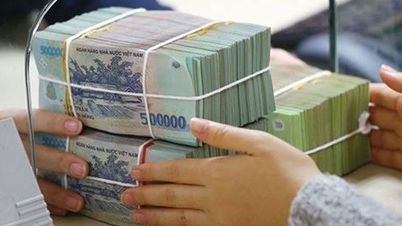

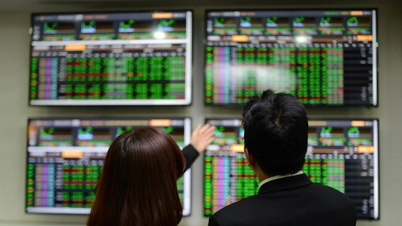



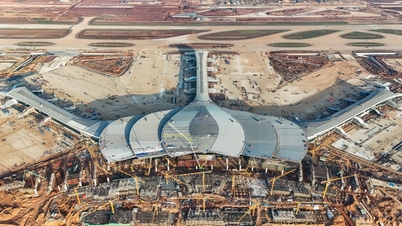


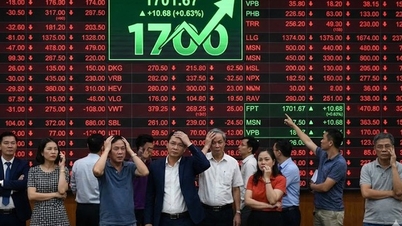





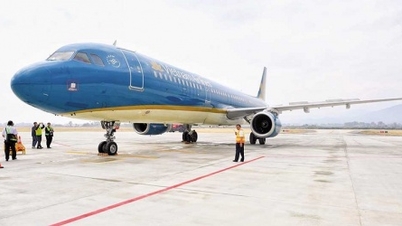

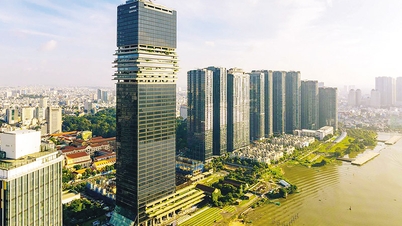
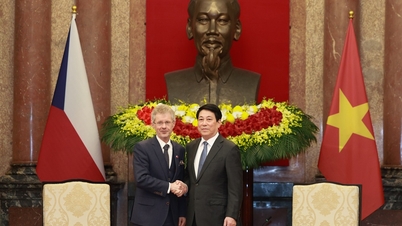
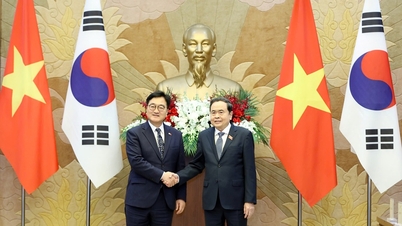


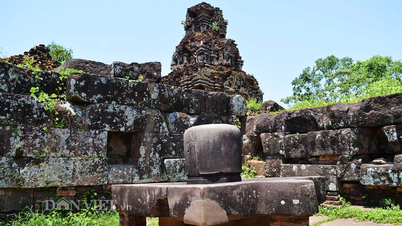



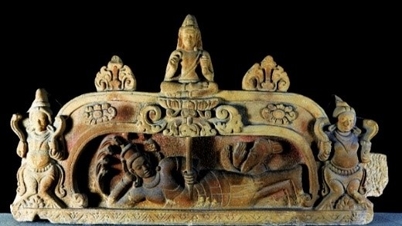
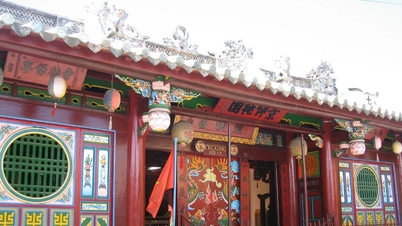

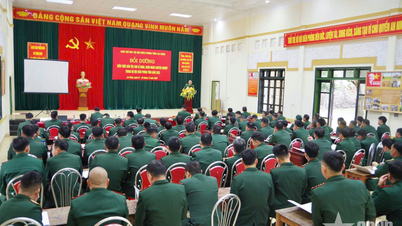


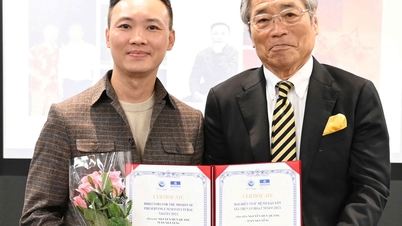





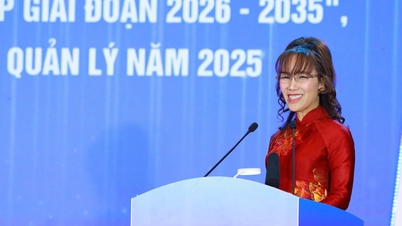


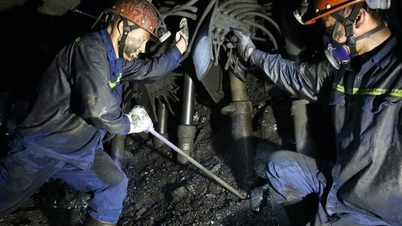


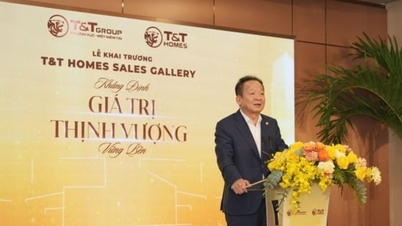












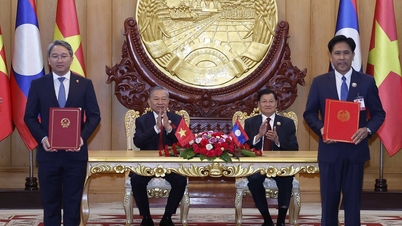

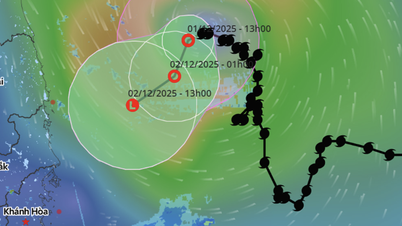



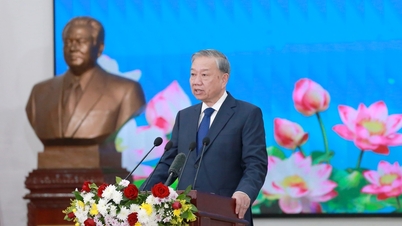

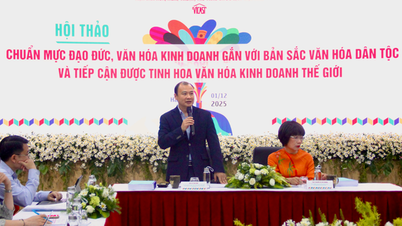
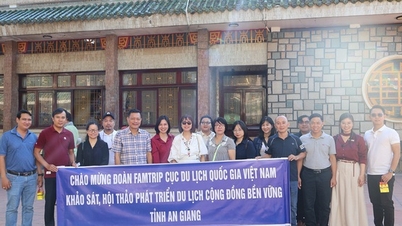

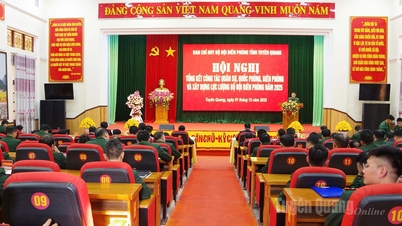



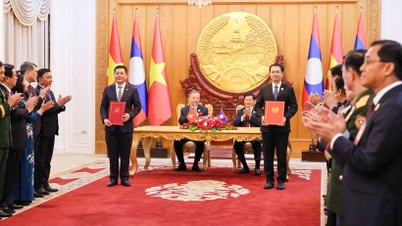

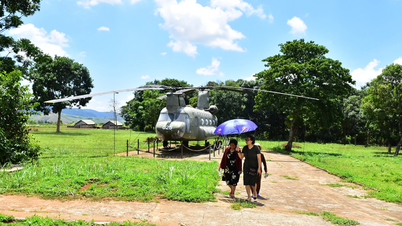


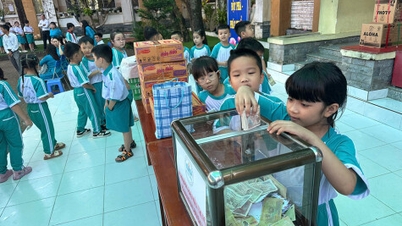












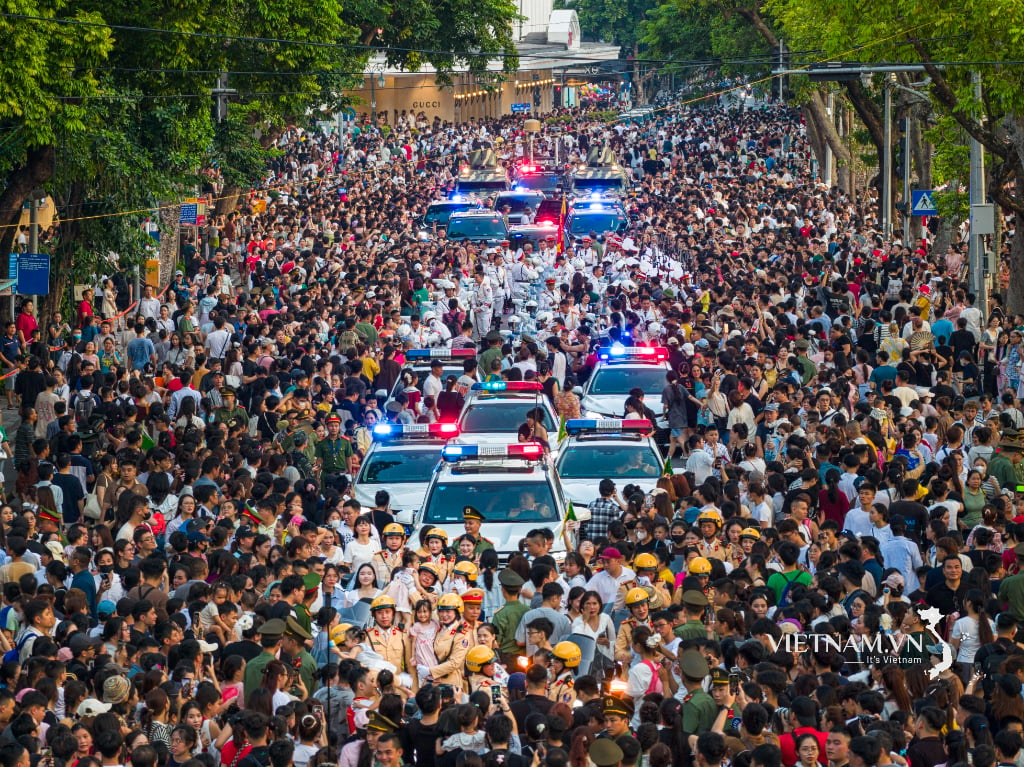

Comment (0)